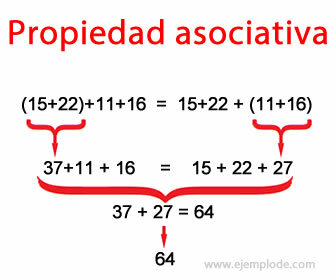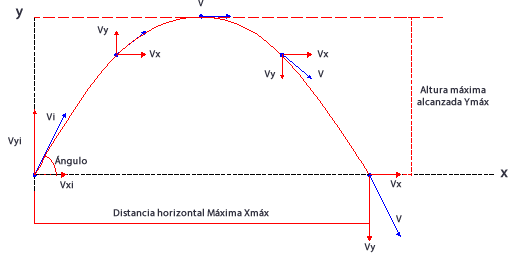Associative Property Example
Math / / July 04, 2021
Is named associative property or associativity to quality of addition and multiplication of sets of numbers which will later be added or multiplied to another quantity. The goal is to reduce the number of numbers when working.
It is based on the principle of equality where the result of a previous operation does not affect the final result and in algebra it is expressed as follows:
a + b + c + d + f = (a + b + c) + d + f
(to. b). c = a. (b. c)
Example:
When adding the numbers 36 + 63 + 55, the associative property allows us to carry out a previous sum between two of the proposed sums:
To achieve this, the operations to be performed first must be enclosed in parentheses.
(36+63) + 55 =
Here we make the first sum and the next number is added to the result.
(36+63) = 99
To this result the remaining 55 are added:
99 + 55 = 154
This principle can be applied in multiplication where the order of the factors does not alter the product either.
55 x 13 x 22 = 15730
You can only multiply the enclosed numbers:
55 x (13 x 22) =
13 x 22 = 286
And the result is multiplied by the rest:
286 x 55 = 15730

Associative property examples:
Associative property, in short:
12 + (14 + 11) = (12 + 14) + 11 = 37
1 + (500 + 709) = 1210
(350 + 122) + 1544 = 2016
Associative property in multiplication
589 x (33 x 12) = (589 x 33) x 12 = 233 244
589 x 396 = 19437 x 12 = 233244
Associative property examples:
- A truck carries 20 drawers with 12 liters of mineral water each. You wonder how many liters in total do four trucks carry?
The reasoning for this example is as follows:
20 drawers for 12 liters of mineral water give us a total of 240 liters that each truck carries. Since there are 4 four trucks in total, then we must multiply 240 x 4 = 960.
2. Another example of the associative property:
How many strawberry flavored pills are in 10 boxes containing 50 bags of 16 pills each?
In this example we have to perform the following operation: 10 x (50 x 16) or what is the same (10 x 50) x 16 = 8000
3. Lucia's aunt has 5 albums with old photos. Each of the albums contains 12 pages with five photos. You want to know how many photos are there in total?
We solve the example by applying the associative property: (5 x 12) x 5 = 5 x (12 x 5) = 300 photos.


